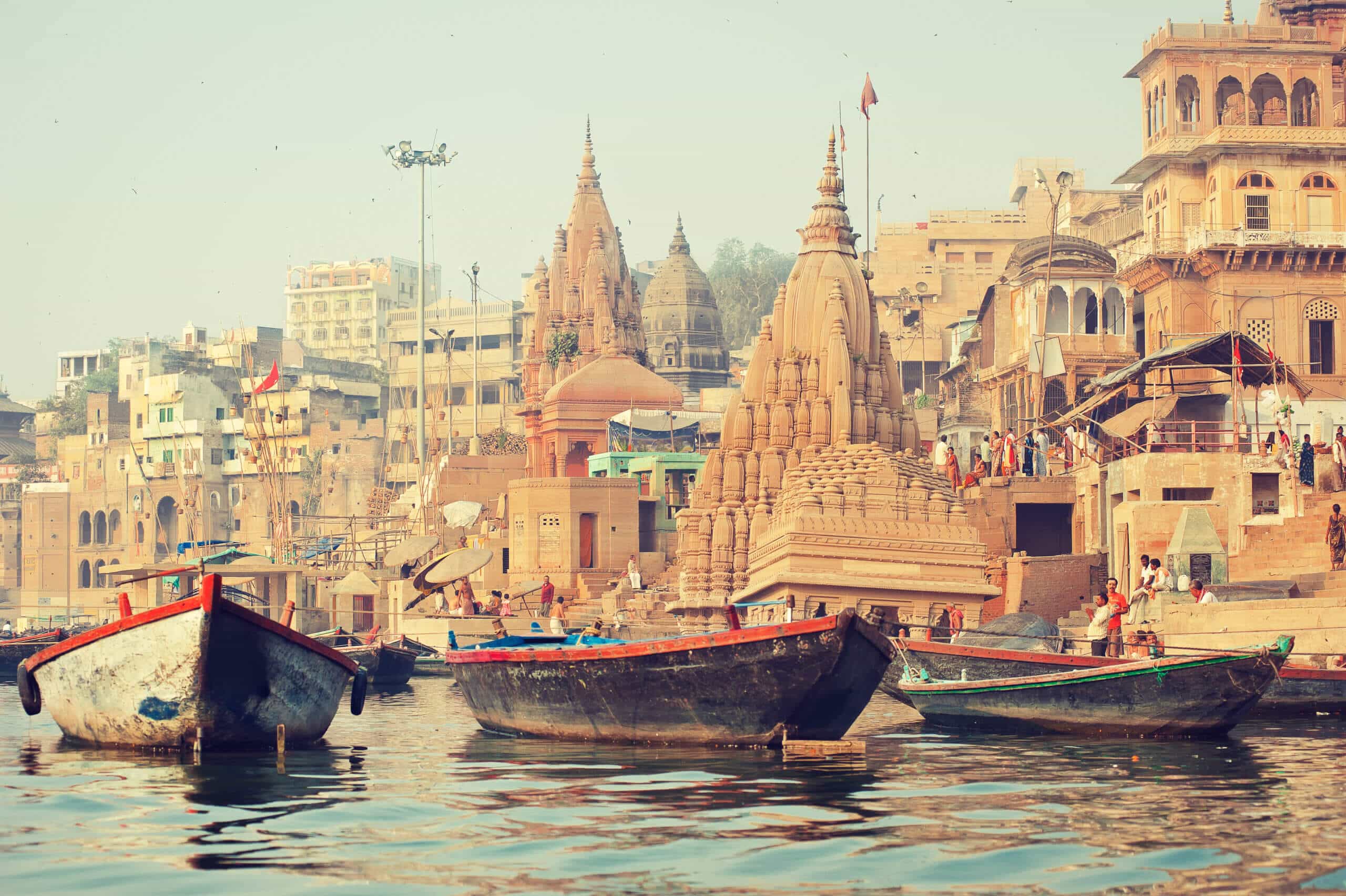The study modeled over 1000 test sites and found that in 25% of them there is contamination from drugs that harms the water quality. "Even the most efficient purification plants are unable to eliminate the pollutants before they reach the rivers. The infection is only going to get worse because the use of medicinal solutions for every disease is increasing"

A new international study, one of the most extensive studies of pharmaceutical pollution of rivers conducted in the world, measured the presence of 61 different drugs in water in different streams from 100 countries, including 36 countries that had not been tested before. The researchers, among them Prof. Benny Hefetz, dean of the Faculty of Agriculture at the Hebrew University, found that there is a direct connection between the socio-economic situation of the country and higher pollution of drugs in its rivers.
Of the drugs tested, the two most frequently detected drugs were carbamazepine, used to treat epilepsy and nerve pain, and metformin, used to treat diabetes. High concentrations of "degradable products" such as caffeine and nicotine as well as the pain reliever paracetamol were also found. Africa also has a high concentration of artemisinin, which is used against malaria. The effect of many of the most common compounds in rivers is still unknown, but scientists fear that the increased presence of antibiotics in rivers could limit their effectiveness as medicine, as well as the effect of the substances on the development and reproduction of fish.
In the study, well-known rivers such as the Amazon, Mississippi, Thames and Mekong, and less well-known rivers that are also located in disaster areas were examined. The water samples were obtained from a wide variety of locations; Starting from the most developed and populated cities in the world, such as Delhi, London, New York, Lagos, Las Vegas and Guangzhou, but also remote areas such as the Yanomami village in Venezuela, and areas of political instability such as Baghdad, Nablus and Yaounde in Cameroon. The most polluted rivers found in the study are in Pakistan, Bolivia and Ethiopia, while rivers in Iceland, Norway and the Amazon rainforest had the lowest percentages of polluting drugs. Among the most polluted rivers in the world, there is also an Israeli stream. Prof. Hefetz: "Unfortunately, Nahal Alexander that was examined in this study was found to be one of the most polluted of all the sites. This is also related to the political conflict with the Palestinians and cross-border river crossings in conflict areas."
Prof. Hefetz explains that "Usually we put these chemicals into our body, get the desired effects from them and then they leave our body. Now, we are learning that even the most efficient sewage treatment plants are completely unable to remove these compounds before they reach the rivers. This is only expected to get worse as we use more and more medicinal solutions for any physical or mental illness. This is even more worrying because the most vulnerable populations, with the least access to health services, are the populations most exposed to harm." In order to deal with the phenomenon, Hefetz suggests "limiting the use of drugs, that is, making it difficult to obtain drugs such as antibiotics, and putting strict restrictions on their dosages."
More of the topic in Hayadan:
